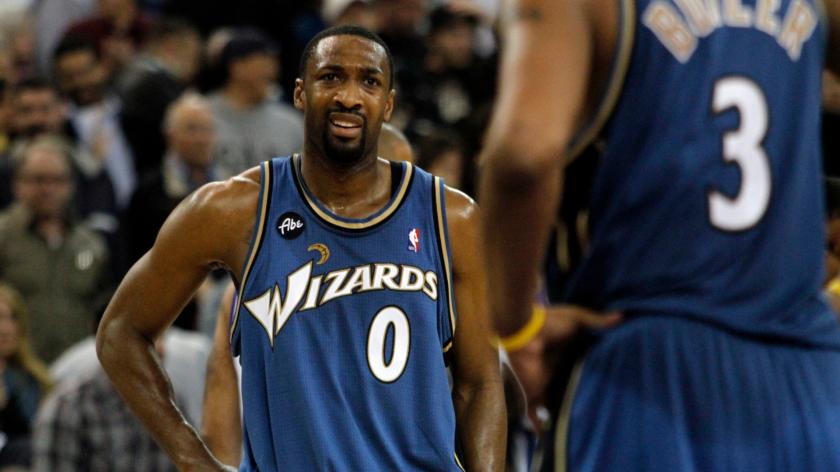
As more seniors participate in sports, the number of senior athletes has increased steadily over the years. The rise in older adults participating in sports has been due to several factors, including an increasing number of seniors interested in sport. Physical fitness also tends to decrease as we age, but there are ways to remain active and stay fit.
Sport motivation
Recent research shows that competition level, age, as well as gender influence senior athletes' motivation to participate in sport. To measure participation motivation in sport, the study used a validated questionnaire. Table 1 shows the results. The participants were separated by sport. Furthermore, the results showed that the questionnaire had many psychometric properties.
A sample of 316 senior and junior athletes competed in three sports. Participants completed three questionnaires. They were also categorized based on their sport and competition level. The results showed that football players were most motivated to achieve success, while handball players had the lowest motivation levels.
Aging can lead to a decrease in physical fitness.
As we age, our physical fitness decreases, as well as muscle mass, force, endurance and strength. Muscles also lose their range of motion and become more rigid, which can impact their ability to perform strenuous exercise. Many senior athletes can still perform extraordinary feats despite the fact that they are older.
According to the study, aerobic capacity of men and women decreased by 20% each decade. After 40, the decline in aerobic capacity was greater for men than it was for women. This increased rate of decline has negative consequences on functional independence, quality of lives and overall health.
Exercise regimens
An exercise program can be beneficial for athletes of all ages. Senior athletes should include cardiorespiratory exercise and muscle-strengthening activities into their training. These exercises will improve their balance and help maintain their strength. Older athletes might be less at risk of injury but they still need to build the endurance and muscle strength to compete.
Make sure to get a medical clearance before you start an exercise program. It is possible to reduce the intensity of your workouts if you have suffered from injuries or are recovering from chronic illness. Also, you may need to alter your medication schedule and meal plan in order to get the most benefit from your program.
Nutrition
Senior athletes should have nutrition tailored to meet their individual needs. Athletes should generally follow good nutrition practices to maximize athletic performance and overall health. Dietary advice should be individualized and should consider preventive health recommendations. A registered dietitian can provide dietary prescriptions for senior athletes. Senior athletes may also be interested to learn more about topics such exercise and weight control.
In order to achieve a balanced diet, older athletes should focus on consuming nutrient-dense foods and a high amount of quality calories. This will help you recover faster from hard training and lower your risk of developing age-related debilitating diseases. To fuel their muscles and keep them healthy, older athletes should consume wholesome carbohydrates. They should also eat high-fiber and antioxidant-rich foods.
Balance
The physiologic changes that occur with age have significant consequences on balance in senior athletes. To help ensure safe and effective athletic performance, sport and orthopedic healthcare professionals must first understand the changes in the body. After understanding the body's changes, they can create and implement an SMT Program to address them. Balance training is an important component of overall fitness. It increases muscle strength, improves postural alignment, prevents falls, and helps to prevent them from happening.
The key component of balance is proprioception also known as joint positioning sense. Studies show that elite athletes with ACL injuries have significantly decreased Joint Positional Sense, indicating that secondary injury issues may be present. Researchers compared Joint Positional Sensory Sense from 30 UCL-injured athletes to those of 30 others.